Centrolepis Labill.
Restoniaceae
southeast Asia, Australia, Tasmania, New Guinea and New Zealand
one to three species cultivated, but not commonly available
Centrolepis banksii (R.Br.) Roem. & Schult.
C. monogyna (Hook.f.) Benth.
C. strigosa (R.Br.) Roem. & Schult.
information not available
not weedy
small, tufted, grass-like herb; amphibiousamphibious:
(adj) of a plant able to live on land or in water
to aquatic, attached
Annual or perennialperennial:
(adj) (of a plant) having a life cycle of more than two years
. Stem simple and compact. Roots numerous, hardly branched. Leaves typically basalbasal:
(adj) at or pertaining to the base, or point of attachment
, glabrousglabrous:
(adj) without hairs or scales
, sometimes purplish; sheath membranous, marginmargin:
(n) edge; rim
hyalinehyaline:
(adj) thin and translucent or transparent
; ligulateligulate:
(adj) possessing or with a ligule
, or not; leaf bladeblade:
(n) (syn. lamina) the flat, expanded part of a leaf, frond, or petal (excluding, e.g., the petiole)
 linear to subulatesubulate:
linear to subulatesubulate:
(adj) awl-shaped; tapering from base to apex
; apexapex:
(n) the point farthest from the point of attachment; the tip (often pointed)
acuteacute:
(adj) tapering to a sharp, pointed apex with more or less straight sides; broader than acuminate; forming an angle of less than 90 degrees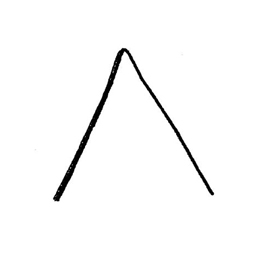 ; base straight; venationvenation:
; base straight; venationvenation:
(n) the arrangement of veins in a leaf
midrib only. Inflorescenceinflorescence:
(n) the arrangement of flowers on the floral axis
 a terminalterminal:
a terminalterminal:
(adj) at the apex
, cymosecymose:
(adj) in the form of a cyme; bearing cymes
headhead:
(n) inflorescence consisting of small closely packed stalkless flowers or florets arising at the same level on a flattened axis; of several types, including: discoid (composed entirely of disk flowers) and radiate (composed of central disk flowers and marginal ray flowers)
; scapescape:
(n) a leafless flowering stalk arising from ground level in acaulescent plants
tereteterete:
(adj) +/- circular in cross section
, glabrousglabrous:
(adj) without hairs or scales
; headhead:
(n) inflorescence consisting of small closely packed stalkless flowers or florets arising at the same level on a flattened axis; of several types, including: discoid (composed entirely of disk flowers) and radiate (composed of central disk flowers and marginal ray flowers)
ovoidovoid:
(adj) egg-shaped in three dimensions
to cylindric; primary bracts 2, enclosing the headhead:
(n) inflorescence consisting of small closely packed stalkless flowers or florets arising at the same level on a flattened axis; of several types, including: discoid (composed entirely of disk flowers) and radiate (composed of central disk flowers and marginal ray flowers)
, ± oppositeopposite:
(adj) (of leaves) two leaves per node; in pairs on opposite sides of an axis
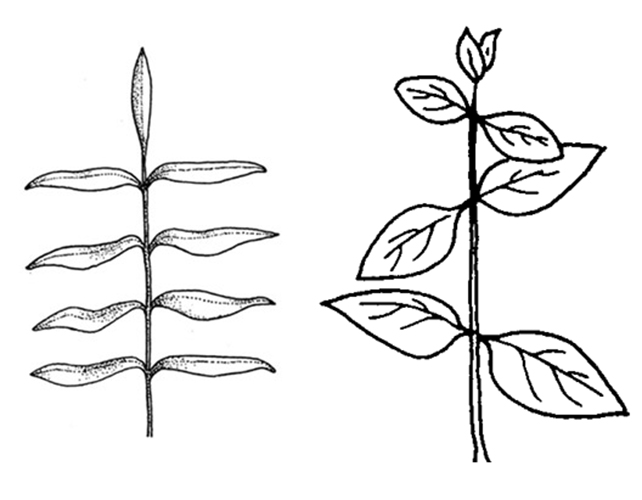 , rounded on the back, sheathing, glabrousglabrous:
, rounded on the back, sheathing, glabrousglabrous:
(adj) without hairs or scales
, or papillate to hispidhispid:
(adj) covered with firm, stiff hairs
; secondary bracts 0 or 2 per flower, oppositeopposite:
(adj) (of leaves) two leaves per node; in pairs on opposite sides of an axis
 , obtuseobtuse:
, obtuseobtuse:
(adj) with a blunt or rounded apex and sides coming together at an angle of more than 90 degrees
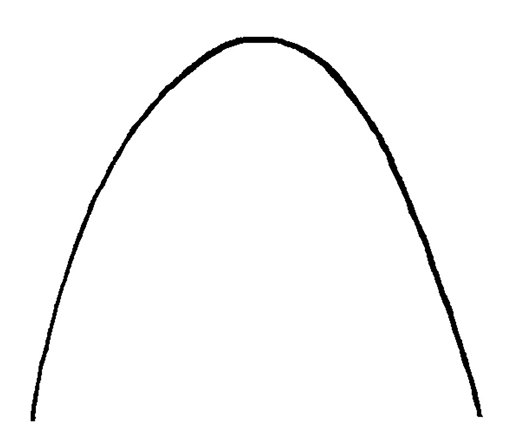 , hyalinehyaline:
, hyalinehyaline:
(adj) thin and translucent or transparent
. Flowers small, typically bisexualbisexual:
(adj) having both male and female sexual reproductive structures on one individual or in one flower
, or some lacking the stamenstamen:
(n) the male reproductive organ in a flower, consisting of a pollen-bearing anther and a filament
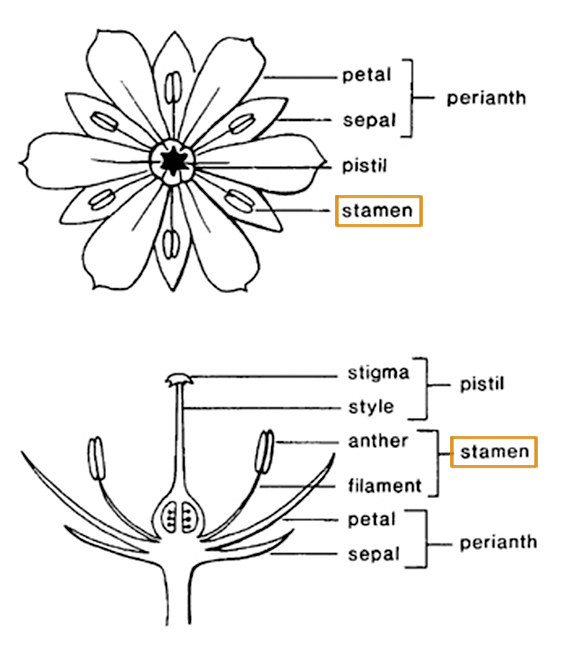 ; perianthperianth:
; perianthperianth:
(n) collective term for the calyx and corolla of a flower; also used for floral whorl(s) in which the calyx and corolla cannot be resolved; any of the leaves or bracts surrounding the sex organs of bryophytes
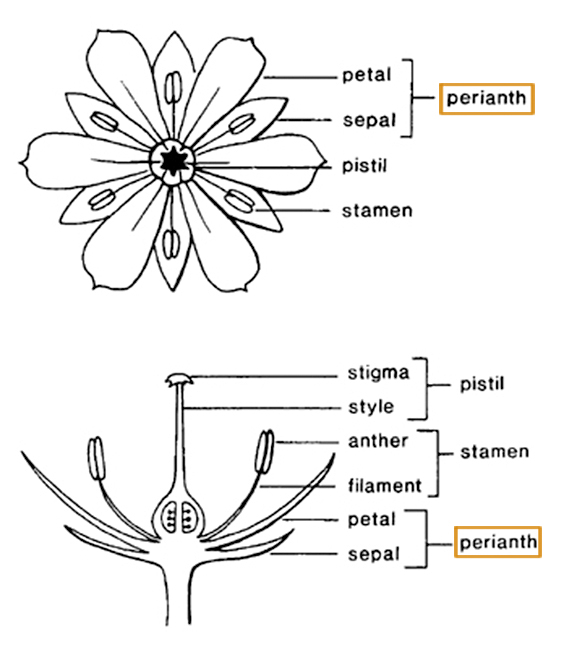 absent.
absent.
marginmargin:
(n) edge; rim
of lakes, small tarns, pools, streams, creeks, claypans, coastal swamps to peat bogs
A genus of about 25 species, many of which are amphibiousamphibious:
(adj) of a plant able to live on land or in water
. Centrolepis muscoides (Hook.f.) Hieron. grows as a perennialperennial:
(adj) (of a plant) having a life cycle of more than two years
in submergedsubmerged:
(adj) (syn. submersed) under water; submerged below the water surface
areas through the winter season. C. minima Kirk is aquatic or semi-aquatic, typically partially buried along lake margins. Centrolepis drummondiana is sometimes incorrectly refered to as Trithuria 'blood vomit'.